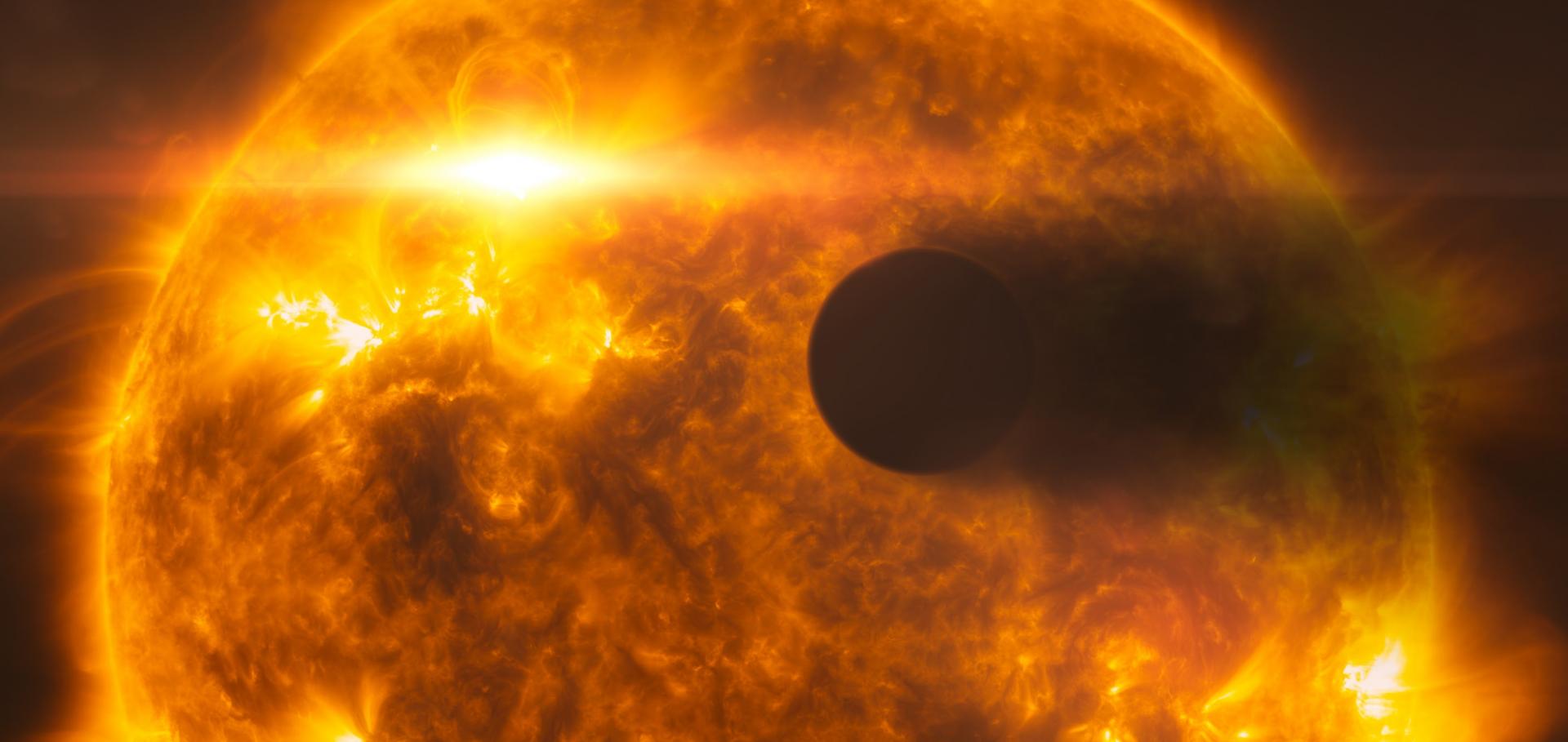The Monitor project: Rotation periods of low-mass stars in M50
(2008)
Transiting exoplanets from the CoRoT space mission: V. CoRoT-Exo-4b: Stellar and planetary parameters
Astronomy and Astrophysics 488:2 (2008)
Abstract:
Aims: The CoRoT satellite has announced its fourth transiting planet (Aigrain et al. 2008, A&A, 488, L43) with space photometry. We describe and analyse complementary observations of this system performed to establish the planetary nature of the transiting body and to estimate the fundamental parameters of the planet and its parent star. Methods: We have analysed high precision radial-velocity data, ground-based photometry, and high signal-to-noise ratio spectroscopy. Results: The parent star CoRoT-Exo-4 (2MASS 06484671-0040219) is a late F-type star of mass of 1.16 and radius of 1.17 . The planet has a circular orbit with a period of 9.20205 d. The planet radius is 1.19 and the mass is 0.72 . It is a gas-giant planet with a "normal" internal structure of mainly H and He. CoRoT-Exo-4b has the second longest period of the known transiting planets. It is an important discovery since it occupies an empty area in the mass-period diagram of transiting exoplanets.. © 2008 ESO.Searching for the secondary eclipse of CoRoT-Exo-2b and its transit timing variations
(2008)
Transiting exoplanets from the CoRoT space mission IV: CoRoT-Exo-4b: A transiting planet in a 9.2 day synchronous orbit
(2008)


